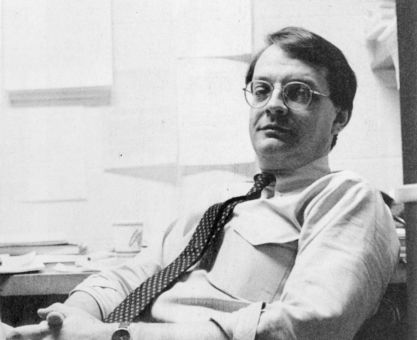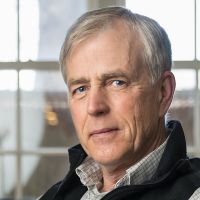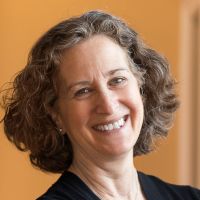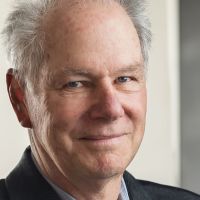From his boundless patience when tolerating our shenanigans in Carter House, to his infectious enthusiasm in the Physics classroom, Dr. Watt was a mainstay in my Andover experience and helped shape me into the person I am today. I hope he rides his trusty Jaguar off into the sunset for a well-deserved break from unruly high schoolers...but not, perhaps, without one last round of sodas on the house.”
Doc Watt, you single-handedly ignited a deep sense of curiosity and exploration through our years of physics classes and labs together. Your truly unique humor, blunt honesty, and strange obsession with chalk kept me excited to hike the many stairs to the third floor of Gelb, even throughout the laziness of Senior Spring. I cannot thank you enough.”
In his own words...
One of the most rewarding experiences I have had at PA was with the ACE Scholars Program. Since my academic year classes are populated nearly entirely with uppers and seniors, I only rarely encounter juniors. ACE gave me the opportunity to work with these younger students. In its original configuration, for eight years ACE operated five weeks each summer in the Colorado Rockies. The novel location, the fact that all the students were focused on the same goal (gaining diploma credit in geometry), and the unique afternoon activities acted as powerful motivators for the students. It was especially rewarding to see how enthusiastically they immersed themselves in totally new afternoon experiences, such as kayaking, rock climbing, silversmithing, glassblowing, and blacksmithing. For a variety of reasons, the original intense and novel focus of the program has since evolved into a more traditional summer program.

Peter Watt
I have long thought of myself as much more of a theoretical physics type rather than an experimentalist. At PA, I grew to thoroughly enjoy tinkering with all the physics lab and demonstration equipment, some dating from the original outfitting of Evans Hall in the early 1960s; some of it is virtually irreplaceable today. This interest in keeping these items in working order led to my taking charge of the physics stockroom and labs for the past twenty-odd years.
I also monitor the Gelb seismometer (originally installed in Evans Hall in 1991 thanks to an Abbot Academy Association grant). Since it is a teaching and demonstration instrument rather than a research device, it is installed in the ground floor lobby in a highly visible spot, where it routinely records the comings and goings of students, as well as earthquakes from around the world with Richter magnitude 6 or greater.
Peter Watt is the most precise and routine man I know. Each day, he would drink 1/4 cup of coffee per class, so in the four classes he taught, he would have exactly one cup of coffee. He had his khaki pants hemmed so that the pants hit exactly 7/8 inches above the floor. He cleaned his car, Osgoode, in the same meticulous way each time.
Dr. Watt used to reward us with chalk if we found an error of his on the chalkboard. My classmates and I would scream out the error in hopes of getting the piece of chalk first; our reward was to throw it back at him. In the beginning of the year, we would aim at him; but eventually we would take aim at his coffee. And as a thank-you at the end of year, classmates of mine in Physics 580 bought sidewalk chalk and we threw the whole box at Dr. Watt. (I am still unsure how fun this was for him, but it was one of the highlights of my senior year.) I now know why Dr. Watt rewarded us with pieces of chalk when we caught him making a calculation error: It kept us engaged as a class; it kept us engaged in physics problem sets that would seem taxing to others; and it made physics class a game. He was by far the most entertaining teacher (and my favorite!) at Andover.”







